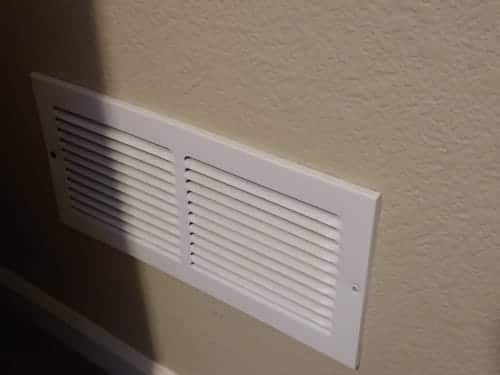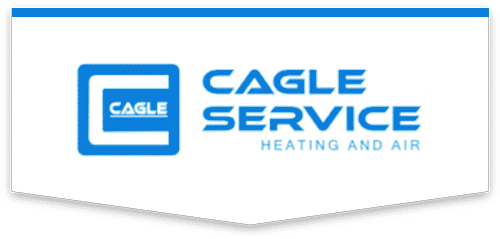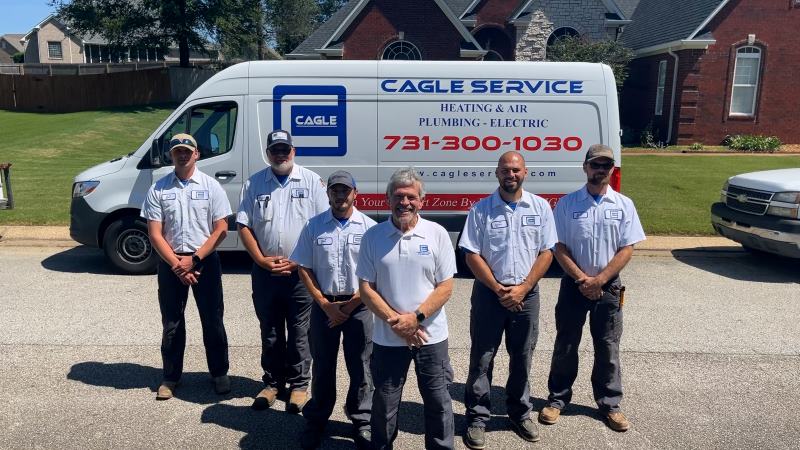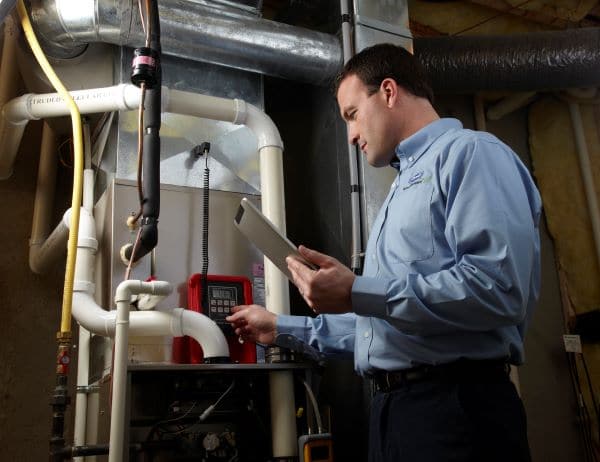Well, it’s that time of the year! It’s time for leaves to begin falling, colors to begin changing, and for those cooler temps to start setting in. That means your furnace (or heat pump) will be hard at work to keep your homes and businesses warm and comfortable. By the way, isn’t it so awesome and convenient to have heat!? What a blessing!
With the cooler temps on the way (and already here for many of us), we wanted to put together a Fall HVAC Maintenance Checklist to help prepare your HVAC system for the cooler months ahead. Most of the items listed in the checklist can be accomplished by the average homeowner and/or business owner.
Let’s get started!
1) Check Your Air Filter and Replace It if Needed
The most important and easiest to maintain component of your HVAC system is your air filter. The air filter keeps out dirt, debris, and even bacteria from the heated and cooled air blown throughout your home. When the air filter gets clogged, it’s ability to filter the air is drastically reduced. If the filter becomes extremely dirty and clogged, it can even hinder the efficiency and operation of your HVAC system which can result in higher energy bills and major repairs.
It’s recommended to change your air filter every 30-90 days depending on the type of filter you have and your home and/or business’s environment. For example, a home with a lot of pets would probably need a filter change more often compared to a home with no pets.
If you think it’s been 90 days or more since you last replaced your air filter or if your filter looks fairly dirty, it’s probably a good idea to go ahead and replace it to make sure your HVAC system is ready to go for the Fall and Winter months.
2) Check and Clean Your Furnace
Next, check your furnace and make sure it isn’t covered in dust and debris. Believe it or not, a large amount of dust can actually become a catalyst for a fire when mixed with the flame of the furnace. Dust off your furnace and make sure there isn’t any other debris on or around your furnace.
Routinely inspecting and cleaning your furnace prevents fire hazards and also ensures your furnace is running at it’s peak efficiency.
3) Check and Clean Your Outdoor Unit
With leaves beginning to fall, there can be a large amount of debris building up on and around your outdoor unit. If you have an outdoor unit, go ahead and take a walk outside and inspect your outdoor unit. Check for any debris such as sticks or leaves on top of the unit. Also look for any globs of dirt or pollen that has built up on the unit. Remove any debris that you find as it can hinder airflow and cause issues for your HVAC unit.
Throughout the Fall it’s important to perform this check around once every week or two depending on the amount of debris that gathers in your area.
4) Check and Clean Your Registers
This step is often overlooked. Your registers inside your home or business are used to pull in air into your HVAC system. These registers might look like vents but they are actually used for pulling in air rather than dispersing air. For this reason, it’s important to ensure that your registers are clear of any dust, dirt or debris. You also want to make sure that there aren’t any large items, such as furniture, blocking them which can drastically hinder airflow and strain your system.

Check your registers every 2 weeks or so and clean them if necessary.
5) Check and/or Replace the Batteries in Your Carbon Monoxide Detector
This step is especially important if you own a gas furnace. Gas furnaces can leak carbon monoxide if there are cracks within the system’s components, primarily the heat exchanger.
Be sure to check your carbon monoxide detector(s) and replace the batteries if needed. If you aren’t sure if the batteries need to be replaced, it’s probably a good idea to go ahead and replace them.
6) Schedule a Professional Maintenance Tune-Up
We recommend having your HVAC system inspected and serviced by a professional once in the Spring and once in the Fall. Professional preventive maintenance goes more in depth than what most people can do on their own and ensures that your system is ready for both the warm and cool seasons.
For example, our Fall preventive maintenance service includes:
- Cleaning the blower
- Checking and adjusting the burners
- Inspecting the heat exchanger
- Inspecting the gas pressure and flame
- Inspecting the igniter light/pilot light
- Inspecting the air filter
- Checking the airflow
Most HVAC companies have maintenance plans that include both Spring and Fall services so that your system is prepared and optimized all year long.
Well, That’ll Do It!
We hope our Fall HVAC Maintenance Checklist has been useful and helpful for you. While these tasks may seem fairly simple, they are very important to the operation and lifespan of your heating unit. By keeping your system maintained properly, you can expect it to run efficiently and have very few problems, if any!



